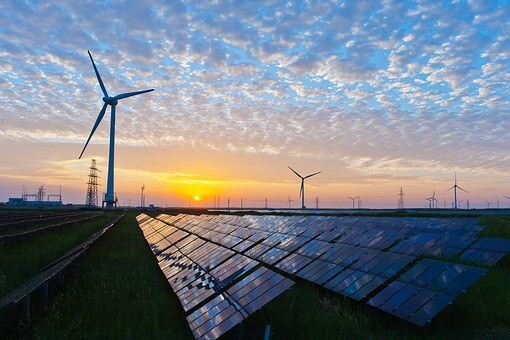Energy-neutral construction, what are the advantages and possibilities?
Tuesday 17 August 2021
The revised European Directive on energy performance of buildings (2010/31 / EU) of May 2010 states that all new buildings must be built nearly energy-neutral by 31 December 2020 at the latest. For regulations in the UK check: https://www.gov.uk/government/news/rigorous-new-targets-for-green-building-revolution.
What does "energy neutral" mean?
This means that the energy use of a building by fossil fuels is compensated by sustainable energy produced there. In other words, generate the energy that is needed for the building yourself. Think of heating and cooling, lighting and hot water and ventilation. Energy neutral does not therefore mean that fossil fuels may not be used.
Reasons to build energy neutral
Even though it is a directive from the European Union, energy-neutral construction has several advantages!
- very low energy costs
- value retention - Research shows that sustainable offices already have a relatively high (rental) yield.
- better for the environment*
- image-enhancing
What do the terms EPC and BENG mean?
EPC stands for the Energy Performance Coefficient. This is an index that indicates the energy efficiency of new construction. This is determined by calculations laid down in the standard NEN 7120, which has replaced the standards NPR 2916 (utility construction) and NPR 5128 (residential construction) since 1 July 2012.
BENG is the Dutch abbreviation for Nearly Energy Neutral Building. This is the renewed EPC calculation. This will be mandatory from 2020.
Why does the EU want us to build energy-neutral?
The main reason for tightening up the requirements is that 40% of the total energy consumption in the EU is accounted for by buildings. By strongly reducing energy use in the built environment and also reducing the use of energy from renewable sources, energy dependence will be reduced to a significant extent in the long run and thus significantly reduce CO2 emissions. Energy savings make it possible to keep rising housing costs and housing costs under control. This way the knife cuts both ways.
Achieving the ideal indoor temperature in an energy-efficient way
Optimal climate control is one thing, but achieving the ideal indoor temperature in an energy-efficient way is another task. Our experts can advise you with the possibilities. Successful experiences have been gained in many projects with techniques such as heat and cold storage, heat pumps, solar panels and far-reaching insulating materials. In the event of overcapacity in its own energy supply, the garden center can even function as a power plant that supplies electricity back to the grid!
Glass construction ideal for the right indoor climate
Many people mistakenly think that a glass construction is more difficult to keep at the right temperature than an ordinary building. Yet that is not true. Our glass constructions are mainly buildings accessible to the public, which makes them better built than the production greenhouses for flowers and vegetables. For example, our SP small span construction is ideally suited to achieve and control the right indoor climate, such as the 11-meter-high atrium that we have realized for VB. This is underlined by the fact that the building has achieved a GPR certificate ** with extremely high scores (between 7.9 and 8.8), making it one of the top in the Netherlands in terms of sustainability.
Special construction with many advantages
The high-quality insulated profiles with double glazing provide better insulation. In addition, optimally adjusted natural ventilation (air vent) and the moving screen ensure an ideal indoor climate. In addition to this great advantage, this special construction has many other advantages, such as efficiency, flexibility, convenience and reliability.
Shorter amortization period
It is distinguished by the many possibilities in applications that make the difference in energy consumption. The better the design of different covering materials such as panel thickness, triple glazing, insulated skirting boards and gutters, the shorter the depreciation period. This makes your garden center more energy efficient and the economic value better.
* 40% of the total energy consumption in the European Union is for buildings; low energy consumption means low CO2 emissions, which is how we keep climate change under control.
** GPR stands for Municipal Practice Guideline. It is a method of assessing the sustainability of a building on the basis of design choices made. You look at five themes: energy, environment, health, user quality and future value.

